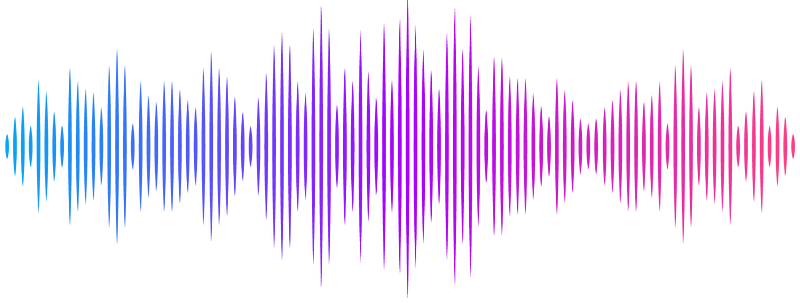Picture Perfect: Photometric Transient Classification Using the ParSNIP Model with Roman Hourglass Simulations

Picture Perfect: Photometric Transient Classification Using the ParSNIP Model with Roman Hourglass Simulations
Belal Abdelhadi, David Rubin
AbstractThe Roman Space Telescope, equipped with a 2.4 meter primary mirror and optical--NIR wide-field camera, promises to revolutionize our understanding of dark energy, exoplanets, and infrared astrophysics. One of the Roman Core Community Surveys is the High Latitude Time Domain Survey (HLTDS), which will measure more than 10,000 SN Ia light curves but obtain a fraction of this number with spectra. The remaining SNe will have to be photometrically classified to achieve the full potential of the Roman HLTDS. To investigate transient yields and classifications, Rose et al. (in prep.) updated the Photometric LSST Astronomical Time-series Classification Challenge (PLAsTiCC) framework (originally developed for the Vera Rubin Observatory) for the Roman HLTDS. This study leverages this Roman Hourglass dataset to train and evaluate the ParSNIP (Parameterized Supernova Identification Pipeline) model. We employ this model to classify various transient types from photometric data, paying particular attention to the types most represented in the dataset: normal SNe Ia, 91bg-like SNe Ia, SNe Iax, and CC SNe. The ParSNIP model performance is assessed through confusion matrices and ROC curves across different redshift ranges. Our analysis reveals that while the model performs robustly at higher redshifts (with the AUC for classification varying between 0.9 and 0.95 in the range 0.5 < z < 2), its accuracy dips at the lowest redshifts of the survey, likely due to limited training data. These findings underscore the importance of ensuring adequate representation of classes in the training set. This work underscores the value of machine learning models for next-generation surveys, paving the way for future studies with the Roman Space Telescope for survey optimization, cosmological forecasts, and synergies with other surveys.